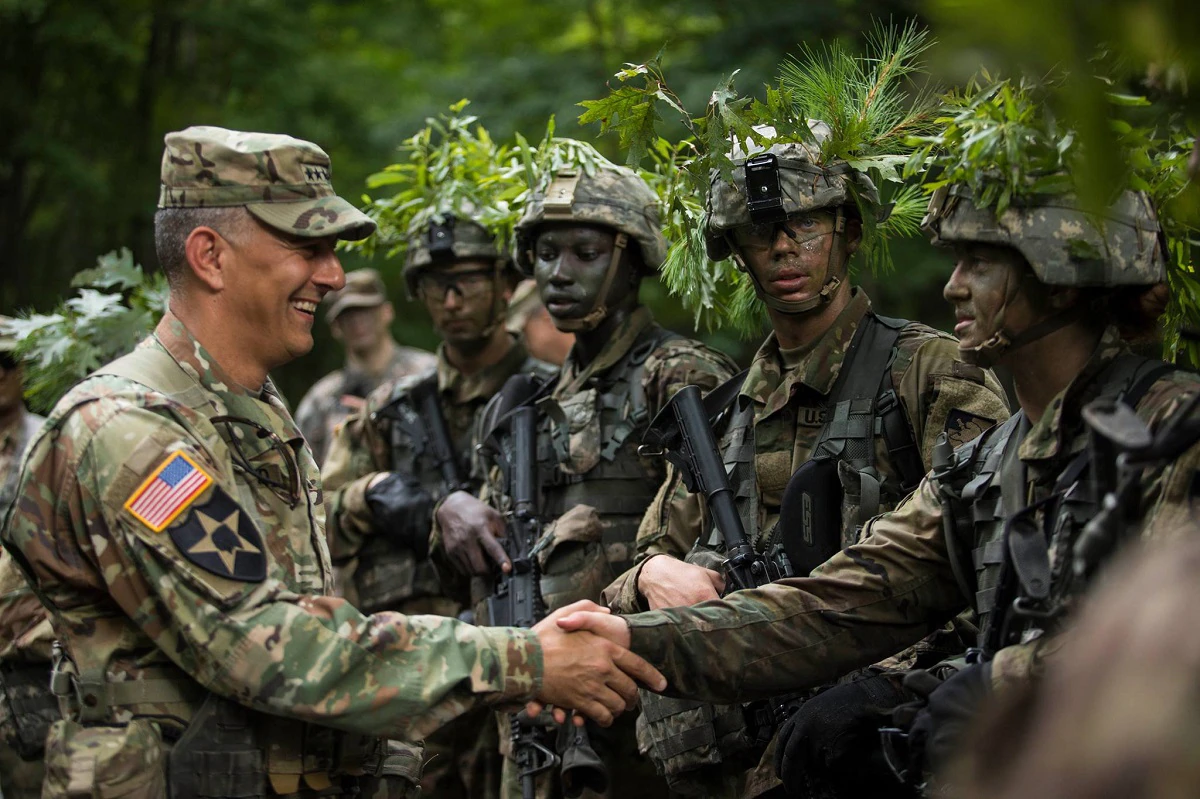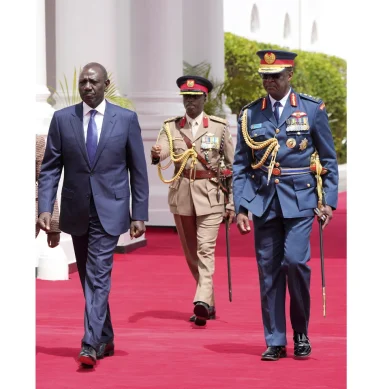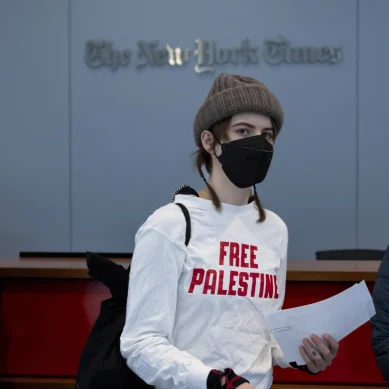
Satellite imagery of the atrocities committed Russian Wagner Group mercenaries in Africa shows that construction of the new military base near Mali’s main airport began in August, a month before news broke that leaders were negotiating a deal with Wagner.
Mercenaries sleep in the barracks and run a logistical hub, according to the Western officials, who spoke on the condition of anonymity to discuss sensitive matters.
At least six Russian military aircraft have touched down this year in Bamako. Three were unannounced by the Malian military, according to flight data provided by Flightradar24 and cellphone video posted to Telegram. On the way to Mali, some appeared to make stops in Syria and Libya, countries where Wagner is known to operate.
In this composite of flight data, a Russian Air Force Tupolev Tu-154 plane departs Moscow for Bamako, Mali, on December 18, 2021. The plane stops in Damascus, Syria, and its trackable signal goes in and out over Libya and Niger for eight hours, before it finally reappears near Benghazi, Libya, headed toward Bamako.
Surveillance photos and drone video captured last month by the French Armed Forces and shared with The Post show what military officials described as Russian mercenaries at a Malian base formerly occupied by French troops. The patch of a white skull, a symbol embraced by Wagner, is visible on a vest.
Mali’s relationship with Moscow has proved popular in Bamako, thanks in part to a sophisticated disinformation campaign linked to the Kremlin. Rallies regularly feature Russian flags and signs celebrating Wagner. Beyond the capital, though, enthusiasm fades to fear.
“I am terrified of the extremists,” one cow seller from Moura told The Post. “I am terrified of the Malian army and these White soldiers. Nowhere is safe.”
Malian soldiers and their Russian partners killed at least 456 civilians from January to mid-April, ACLED estimates, marking a sharp year-over-year rise in the number of deaths attributed to security forces.
“The Russians are making Mali less safe,” said a Malian conflict researcher based in the heart of the insurgency, who spoke on the condition of anonymity because the government has arrested critics. “They can loot and massacre the population without consequences.”
The United Nations team charged with investigating human rights abuses in Mali has tried since February to reach areas where reports of extrajudicial killings have surfaced but has been blocked repeatedly by the government.
Security forces briefly detained UN investigators trying to interview witnesses from Moura in late April. The witnesses were jailed, according to two people with knowledge of the incident, who spoke on the condition of anonymity because they fear government retaliation.
The largest massacre was in Moura, where 300 people were killed during a four-day operation in late March, a Human Rights Watch investigation found.
“I’ve documented atrocities by all sides in Mali for over a decade, and while armed Islamists have massacred hundreds of people, this is the worst single atrocity by any group,” said the author, Corinne Dufka.
The Post interviewed three men from Moura, the musician and two cow sellers, who said they witnessed the massacre. All three fled the town and went into hiding. Their accounts paint a picture of a brutal operation that left no room for due process.
The violence began when five helicopters appeared on the morning of March 27. One landed in each corner of Moura, while one equipped with artillery hovered in the air. Immediately, people began to run – a mix of extremists and civilians. The security forces shot at everyone.
About a fifth of the commandos were White, the witnesses estimated. They all seemed to be wearing the same uniform, and one of the Malian soldiers acted as an interpreter. The White men were shouting to one another in a foreign language.
“If I hear French, I know it is French,” said the musician, who speaks a local dialect but watches television in French, Mali’s official language. “I did not recognize the language.”
The security forces spread throughout Moura, breaking into houses and dragging men out. They left the women and children alone. The musician said he tried to remain calm and show the intruders his papers. He knew men in the area who had been mistaken for extremists and killed over the years.
“The jihadists live among us,” the musician said. “We have no choice. In this village, there is no presence of the government. There is no law. The jihadists knew that. It is easy for them to control.”
A Malian soldier scanned his documents and told him to sit on the ground outside his house. He watched some of his neighbours get tied up and dragged away. Many remained outside, under the hot sun, for four whole days. The security forces went around confiscating phones, the musician said, preventing people from documenting the scene.
The musician heard gunshots and screaming. Then he saw smoke: The security forces were burning the bodies. One victim was his 46-year-old brother, a herder.
“The bodies were unrecognisable,” he said. “All we had was ashes.”
The witnesses said no one knows how many people were killed, but they estimated close to 600, double the Human Rights Watch figure. Half were civilians, they said.
The security forces told residents not to cooperate with extremists or they would return. The Malian defence ministry later announced that soldiers had killed 203 “terrorists.” Army brass visited Moura on April 10 and declared the town had been “released from the terrorists’ yokes.”
Yet Moura no longer exists, the witnesses said. Once the attention dwindled, the extremists accused residents of working with the military and ordered them to leave. “There is no one left in Moura,” the musician said.
Satellite imagery taken at the end of April and throughout May appears to confirm his account: There are no structures left by Moura’s riverbed and the figures in the town squares are gone.
- The Washington Post report











